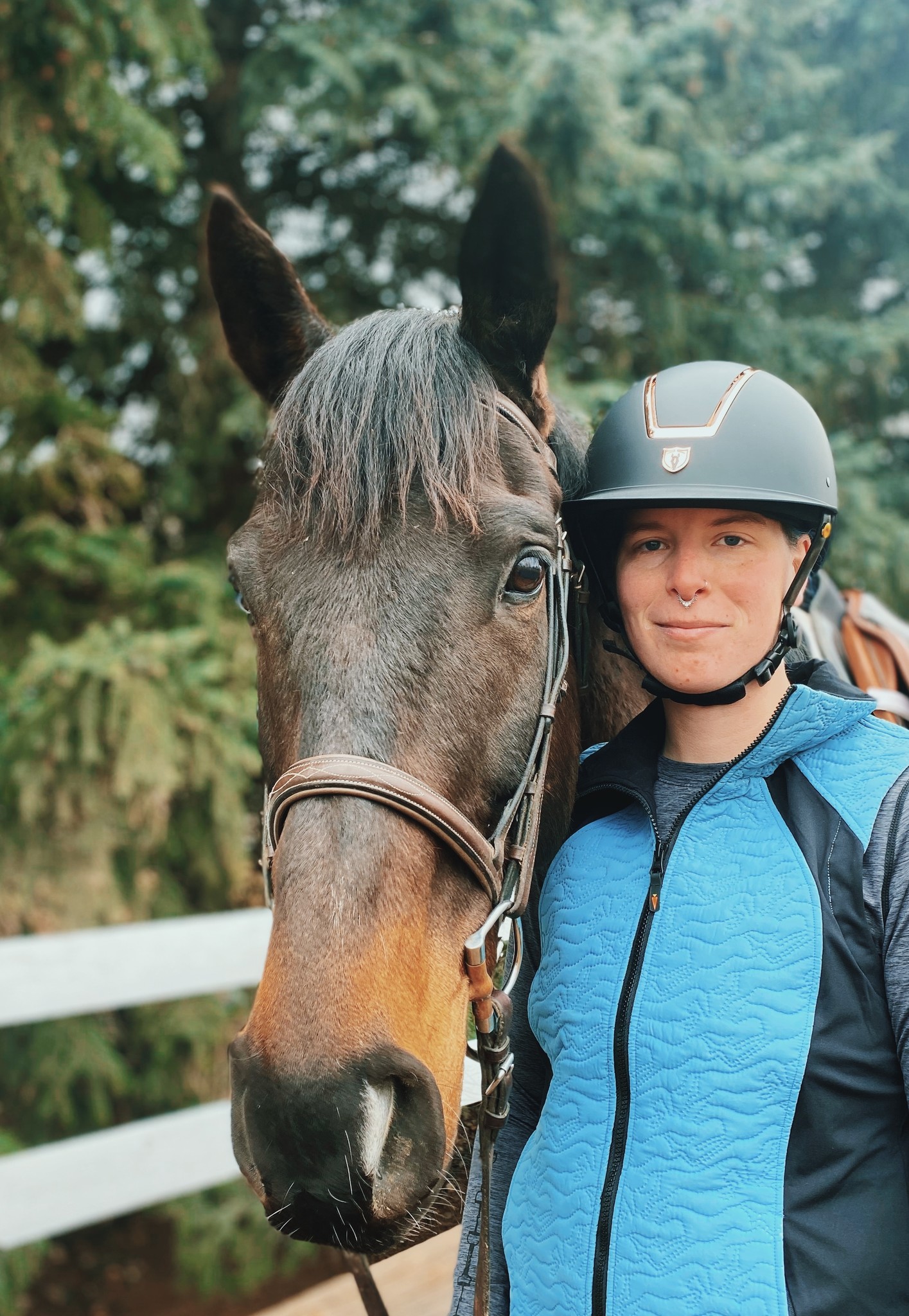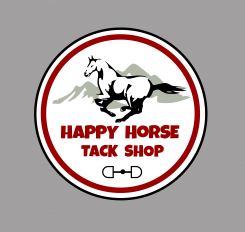Proper Helmet Fit and Helmet Safety
- Posted on
- By Happy Horse
- 0

Your helmet is probably the most important piece of your riding attire since it is what protects your brain! Make sure that you have a safe, properly fitted helmet before show season begins. Our staff is always happy to help get you into the perfect helmet, but here are some tips when looking at helmets and deciding which one you need and if it fits properly.
Helmet Safety Facts:
-Wearing a helmet can reduce the risk of riding-related head injuries by an estimated 50%. It also reduces the risk of death due to head injury by 70-80%.
-78,279 people visited the emergency room in 2007 as a result of horse riding related injuries. Head injuries comprised about 15% of these visits.
-Over 100 deaths per year are estimated to result from equestrian related activities.
-Helmets should be replaced after EVERY fall or every 3-5 years.
-If your helmet is older than 1997, does not have an adjustable 3-point harness, or has a chin cup it is outdated!
-Most riding injuries occur during pleasure riding.
-A fall from 2 feet can cause permanent brain damage. A horse elevates a rider 8 feet or more above ground.
-A human skull can be shattered by an impact of 7-10 kph. Horses can gallop at 65 kph.
-Helmets are made out of two main pieces, a protective liner and a shell. The protective liner is made of high-grade polystyrene, which reduces bruising on impact, and the shell is made of fiberglass or plastic, which diffuses the impact.
What is MIPS technology?
MIPS has been around for a while, but just made its way into the equestrian world. MIPS is a thin lining found between the shell and the padding of your helmet. It allows for an extra 10-15mm of movement in all directions, which helps to reduce the risk of rotational motion transferred to the brain from angled impacts to the head. This layer creates a way for the rotational force to be absorbed and redirected rather than transmitted to the brain during an impact.
Properly fitting a helmet:
-When our staff fits a helmet we look for quiet a few things that tell us that the helmet is the correct size and fit and will work properly to protect your brain in case of an accident.
-The visor of the helmet should be parallel to the ground, not popped up or angled.
-The brim should be about 1 inch (or finger width) above your eyebrows.
-The helmet should move with your skin if you lift your eyebrows up and down, but should not cause a headache.
-The safety straps (harness) should come to a v below your ear.
-The safety strap should be tight enough that the helmet cannot be pulled off or moved around.
-The helmet should not move or fall off if you move your head around or tilt it forward.
-There should not be a gap between the top of your head and the helmet. The helmet should not feel perched on tp of your head, but securely pulled down.
-In helmets with MIPS there may be a little more motion from side to side than a typical helmet because of the technology, this is normal.
Helmet DOs and DON'Ts:
-Do always fasten your helmet
-Don’t tip your helmet up
-Don’t wear another riders helmet
-Do replace any helmet that has had a fall or been dropped
-Don’t wear helmets designed for other sports
-Do make sure that your helmet is ASTM/SEI certified at a minimum
If you need any additional helmet advice or would like help fitting a helmet feel free to call or stop by the shop and our team would be happy to help you!!

I need a new helmet and I would like a proper helmet fitting. Is that something that can be done?
Jan